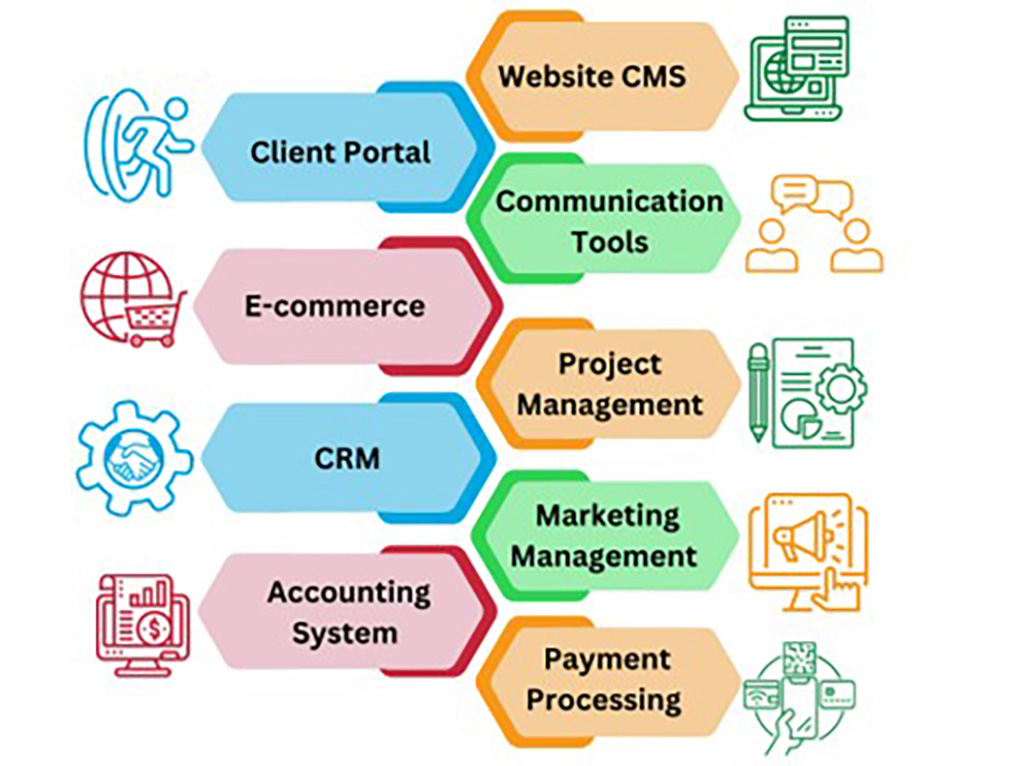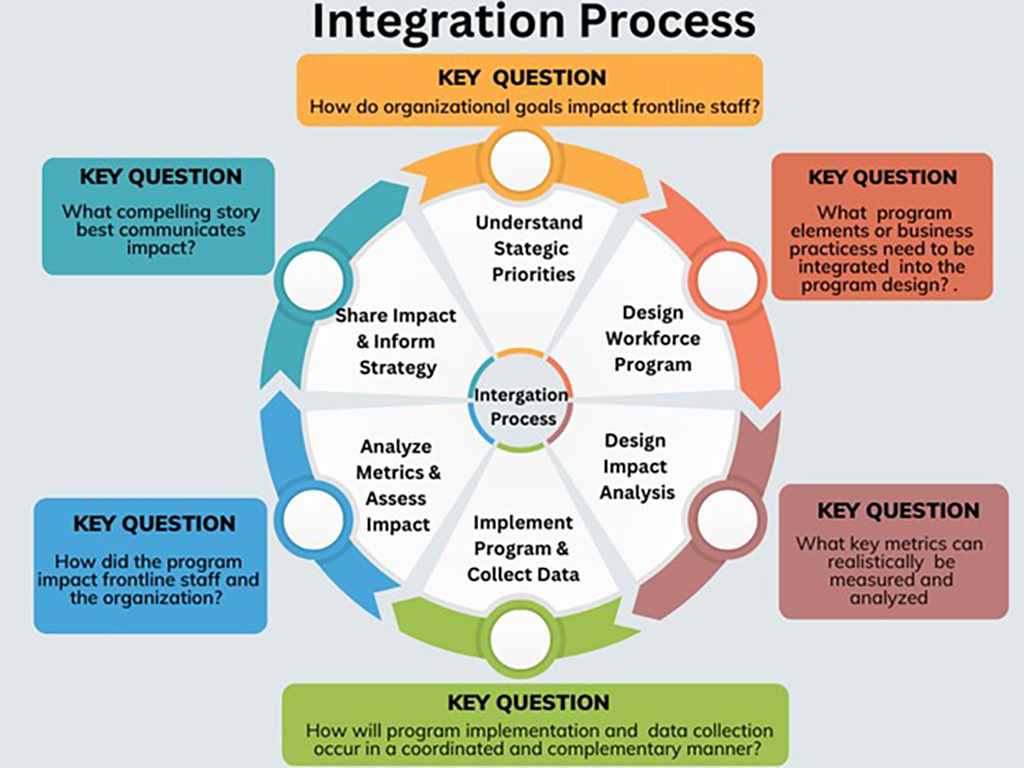
5 Steps to Accelerate your Next Software Integration Project
In today’s cloud-based, data-driven world, software integration has become crucial for enterprises that need to monitor operations efficiently and process data from disparate sources. Companies utilizing a multi-cloud or hybrid platform and those needing to integrate legacy systems and bring their applications up to modern standards will benefit from a comprehensive software integration strategy.

While the ultimate goal of software integration is simplicity, the process of integrating can be anything but simple. Successful integration requires a thorough understanding of the motivations behind the integration, careful planning, and rigorous risk assessment.
What Is Software Integration?
Software integration is the process by which separate systems exchange data for processing, analysis, and monitoring. These days a single business solution might be supported by many platforms that each perform a specific task. Some parts of the system may be hosted locally, while others are cloud-based.

In these hybrid systems, software integration is needed to ensure faultless communication between separate applications.
5 Steps to Accelerate Software Integration
Remember that when it comes to software integration, “accelerate” does not necessarily mean “go faster.” Sometimes, it may be necessary to slow down and thoroughly evaluate input, risk, and anticipated outcomes to get to a more efficient long-term solution.
1. Identify Desired Outcomes Ahead of Time
Before beginning a software integration project, it’s important to evaluate current systems and identify success metrics. Some general measures for success are increased agility or reduced cost, but learning what success looks like for your company will mean analyzing specific pain points and understanding long-term goals.
2. Create a Dedicated Integration Team
A successful software integration requires a committed and diverse team. The team should represent all business units impacted by the project, including engineering, design, marketing and data science. A lead integration architect should head the team and be responsible for ensuring the high-level goals of the project are met.
3. Consult All Potential Stakeholders
Since software integration requires pulling data from different systems, you will need participation from the people who will use the final solution, as well as the people who maintain it and the various components. For example, IT will be responsible for maintaining firewalls and other security measures that could prevent systems from being integrated. You will want to identify all stakeholders who could be impacted and engage them at the appropriate time in the project.
Be aware of the danger of protectionism and the unwillingness to share data or relinquish control by some departments. Having a senior management sponsor on the integration team will be necessary to work through political issues to ensure the project runs smoothly.
4. Do Not Underestimate the Complexity
Integration may be an ongoing process that takes years to complete. It’s essential to identify not only the short-term effects but also the long-term results. Identify long-term as well as short-term success metrics. Allocate resources on an ongoing basis.
Software integration doesn’t necessarily mean building new systems or building connections between existing systems. Sometimes, old systems may need to be dismantled and re-integrated. This must be carefully planned to avoid negatively impacting the applications that rely on these systems.
5. Build Observability Into the Integration Pipeline
As we all know, data is king. Building observability into your integrated systems will allow your company to analyze data to identify new pain points more quickly and add incremental improvements to the system. If you are updating legacy systems, choose new technologies with observability and data analysis in mind.
Your Robust Integration Strategy
Software integration takes careful planning; but it is by no means impossible. You can craft an efficient and effective integration plan by evaluating your company’s needs and goals, creating a dedicated integration strategy team, consulting all stakeholders into the project and adequately estimating complexity.



































